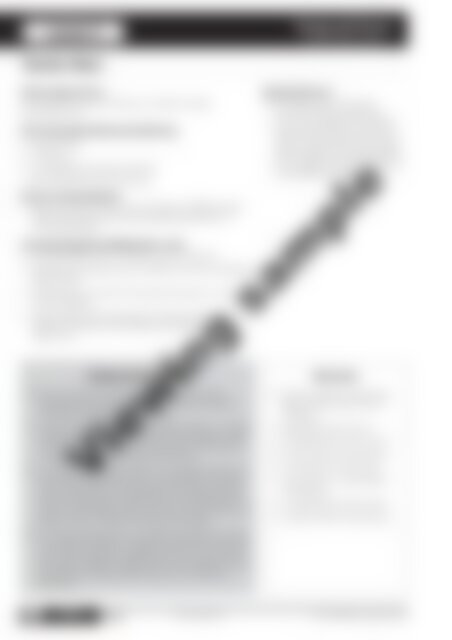PR-6170RUK Science A STEM Approach - Primary 1
Create successful ePaper yourself
Turn your PDF publications into a flip-book with our unique Google optimized e-Paper software.
Lesson 5<br />
Energy and Forces<br />
HOW THINGS MOVE<br />
Teacher Notes<br />
<strong>Science</strong> Inquiry Focus:<br />
How does the size and shape of an object change<br />
how it bounces?<br />
Skills Development/Working Scientifically:<br />
• Questioning<br />
• Predicting<br />
• Investigating and experimenting<br />
• Recording and communicating<br />
<strong>Science</strong> Learning Outcome:<br />
• Pupils observe how the size and shape of different balls<br />
affect the way they bounce by dropping balls from a<br />
controlled height.<br />
Technology/Engineering/Mathematics Links:<br />
• Viewing digital texts, including online animations.<br />
• Identifying and exploring how different-sized and shaped<br />
balls bounce.<br />
• Participating in a class vote by answering yes or no to<br />
a given question.<br />
• Using mathematical language to describe the size and<br />
weight of objects and the speed and distance at which<br />
they move.<br />
Background Information<br />
• Bouncing means to move in a continuous motion,<br />
making contact with the ground for a short period of<br />
time before rebounding into the air.<br />
• Objects that bounce are often made of plastic or rubber<br />
containing air inside, such as balls. Other objects made<br />
from different materials may also bounce but may not<br />
contain the energy to continue bouncing.<br />
• It is difficult for young children to accurately determine<br />
factors that affect bouncing as, scientifically, it involves<br />
mass-density ratios of each object, the speed at which<br />
they are travelling, the distance they are travelling, the<br />
type of surface they are bouncing on and the amount of<br />
gravity and air resistance acting on the object.<br />
• For the purpose of this unit, pupils should discover that<br />
two objects of different weights will fall at the same rate<br />
from a given position, regardless of their mass, but will<br />
bounce to a different height. Pupils should also discover<br />
that different-shaped balls will bounce in different<br />
directions.<br />
Assessment Focus:<br />
• Use observation records to<br />
monitor the pupil's planning<br />
and conducting skills during the<br />
experiments and to monitor the<br />
pupil's understanding of how the<br />
size and shape of an object affect<br />
how it slides during the discussion<br />
in the Reflection section.<br />
Resources<br />
• Online animation—Bouncing<br />
Ball at <br />
• Basketball court access<br />
• A basketball for each group<br />
• A tennis ball for each group<br />
• A golf ball for each group<br />
• A small foam or PVC ball for<br />
each group<br />
• A rugby ball for each group<br />
• A beach ball for each group<br />
Viewing sample<br />
56<br />
<strong>Science</strong>:<br />
A <strong>STEM</strong> AP<strong>PR</strong>OACH<br />
Infants 978-1-912760-14-5 Prim-Ed Publishing – www.prim-ed.com


















